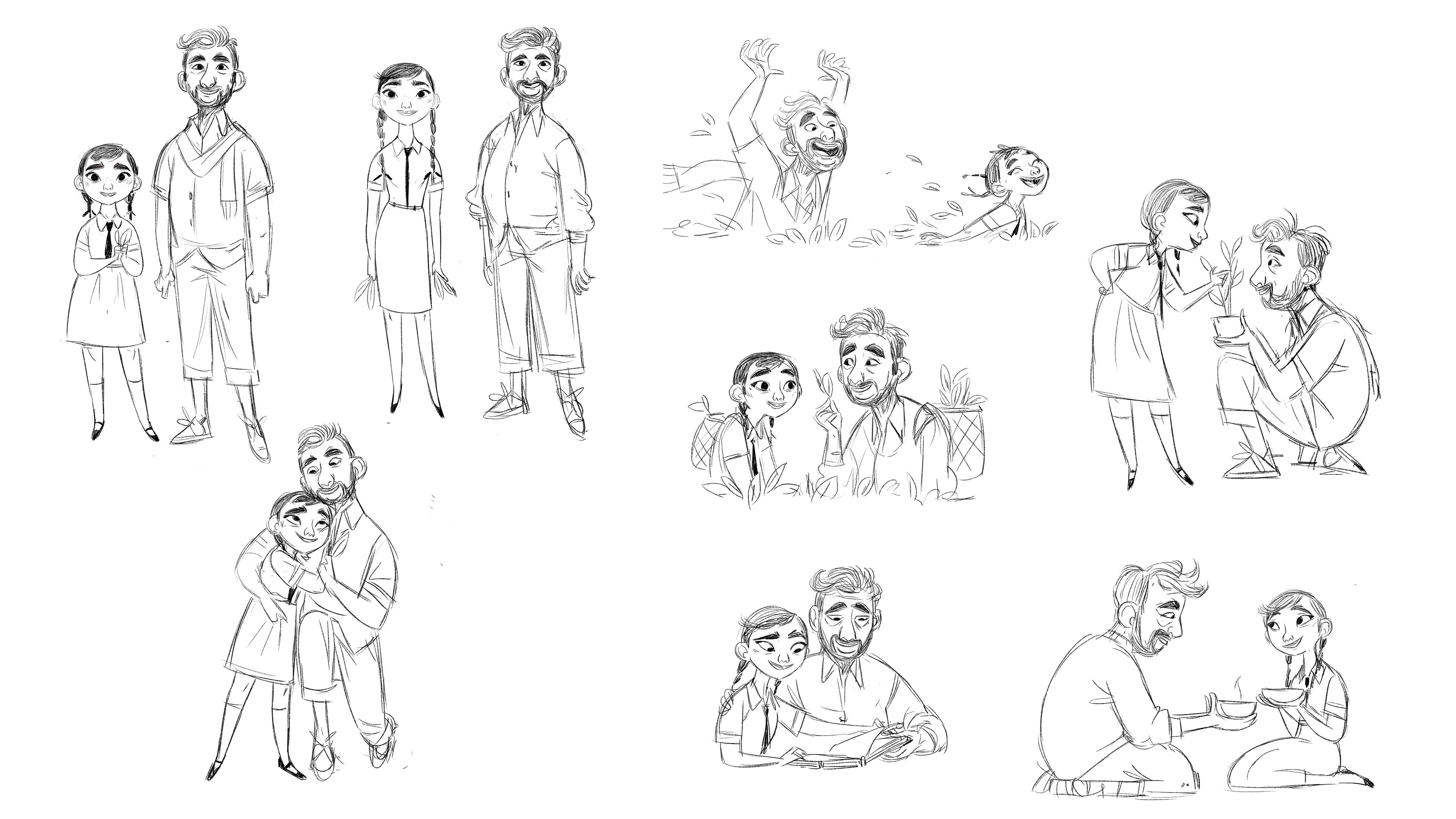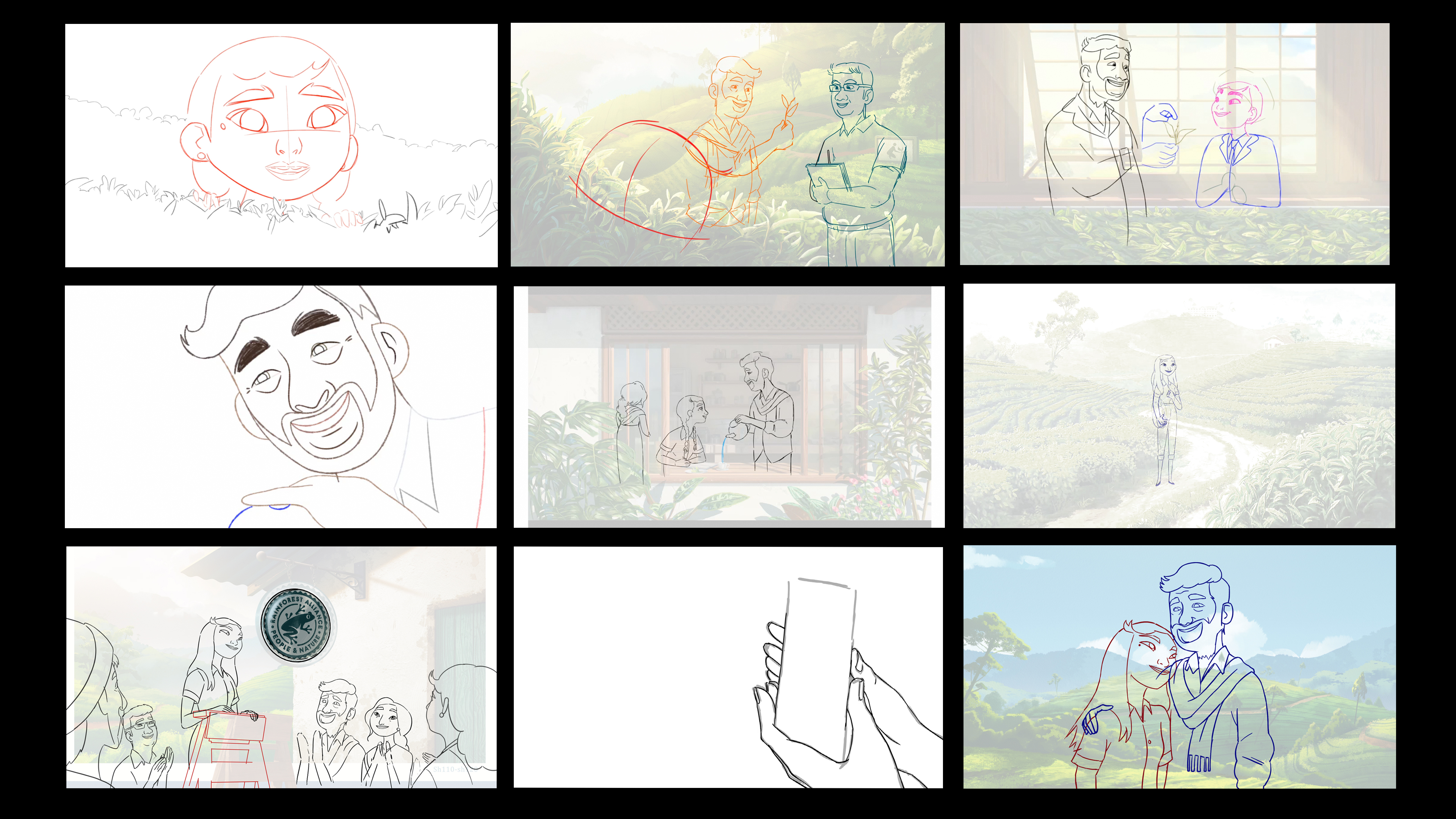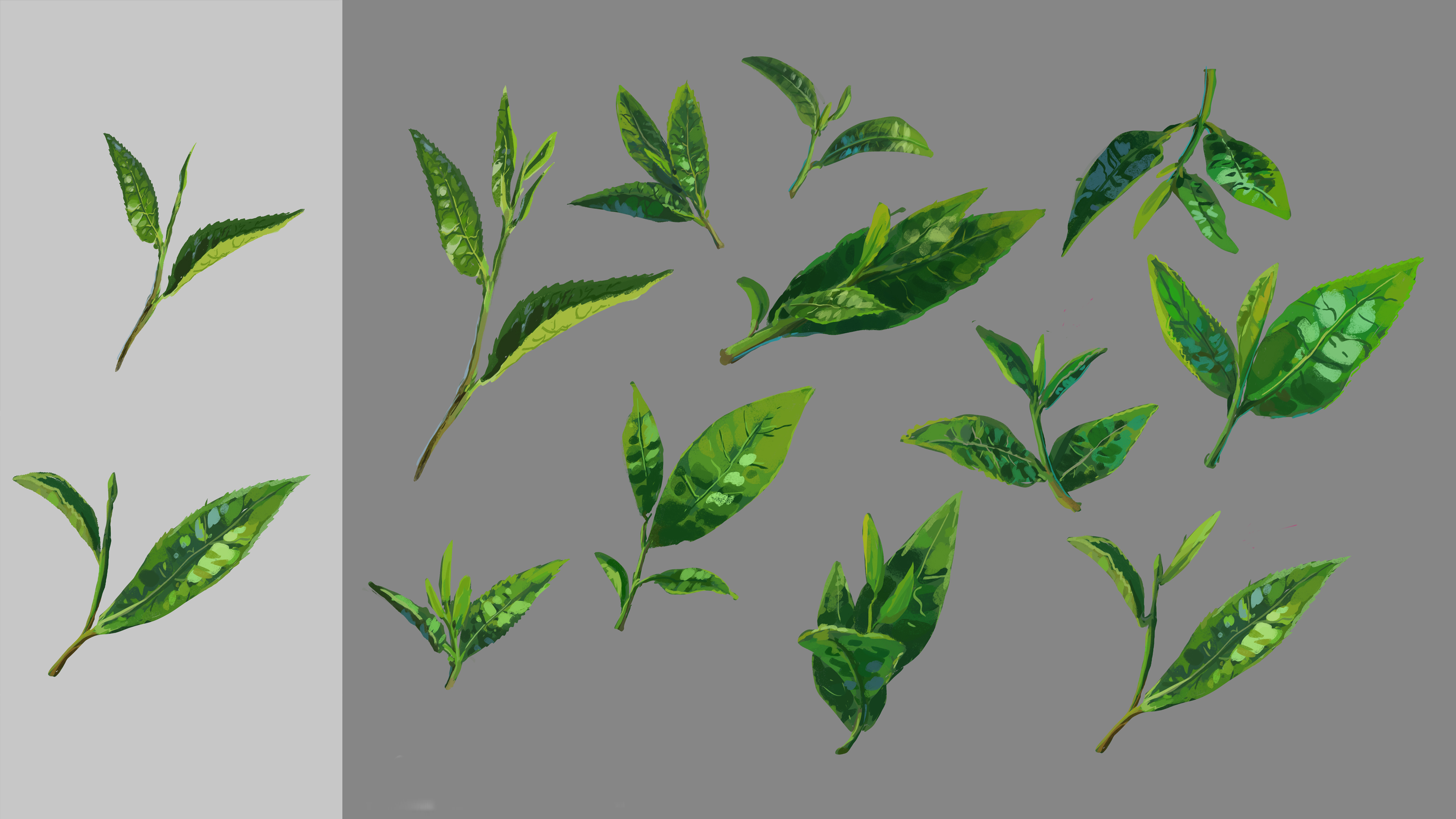GOGO-NO-KOCHA - Behind the Scenes
Set in beautiful Sri Lanka, our latest film for GOGO-NO-KOCHA was released back in July. We had a behind-the-scenes interview with the animation company Hornet's Director Yves Geleyn and Executive Producer Hana Shimizu, as well as Unlisted's Executive Producer Graham Pryor and Producer Stephanie Wu on how the animation came to life.
Can you give us brief introduction of your company?
HANA: Hornet has been around for 20 years, based in New York. We represent top animation directors across the world, specializing in animation that ranges from 2D animation, CG animation, mixed media to live action. Whilst representing our directors, we also function as a production partner, which makes us a hybrid representation model as well as a studio model where we produce all of our work.
GRAHAM: Unlisted is an APAC based animation production company. We are based in Melbourne predominantly, but have a studio in Shanghai as well. We bring a diverse range of animation directors from around the world to our clients in the APAC region.
What was the process of choosing Hornet as the animation company for this project?
GRAHAM: It’s a collaborative process. We assess every script internally based on the style of the discipline, references, the narrative approach… then we have an idea of who are the best people to share it with. In this instance, Yves’s name came up very quickly. So, we shared it with Hana and the team in New York, and it all went very smoothly.
HANA: What we are proud of at Hornet is understanding where our directors want to go, how they want to grow as storytellers or as artists in the commercial field. So, when we see something like the GOGO-NO-KOCHA boards coming in, it felt like a perfect match because the boards that were sent to us had these references that were illustrative and beautiful, and I just knew that’s Yves’s strength. So that was a clear choice for us.
What do you think is the strength and characteristics of your company’s animation style?
HANA: As a company, we have a variety of directors on our roster. But to make this about our collaboration, to get to the core of what the story needs to be, and to find the right style and execution to tell the best story, Yves is just a master at that. I think it comes from his own experience of having a background in design and being comfortable with all aspects of the production himself.
YVES: I usually say I’m more of a storyteller than a director, because what I’m interested in is finding the emotion building that you don’t necessarily see on the screen. For example, when we were at the developing stage, I had sketches of how the girl grew up with her Dad doing other things. That’s not in the film, but I like to develop it before thinking too much about the technique, because I think the technique should only serve the story.



What are your thoughts on the process of the production?
YVES: In the commercial world, everything goes fast. In this project, however, the schedule was wide enough to have enough time to do every step in a proper way, which allowed me to enjoy the process more. How it all happened was organic and your team always respected the craft.
What did you enjoy most in this project?
YVES: I enjoyed the cultural aspect of the project very much. What I liked about the script was that it was set in a real farm in Sri Lanka, which made the film authentic. I was not a Sri Lanka specialist I would say, but as I was looking up photos and references, they looked almost unreal, because everything was so beautiful and perfect. I was even thinking to myself, “are the people going to think it’s fake?” (laughs)
GRAHAM: Just to add to that, those backgrounds were really beautiful. After working on the project for a few weeks, it was a real exciting moment just to see them completed.


YVES: It was also nice to exchange opinions with your team if the bows on the hair should be red or the shirt should be whiter for example and make the film as creative and authentic as possible to the reality.


Are there any difficulties you felt in this project?
YVES: I don’t think we had any difficulties, it all went pretty smoothly. I must admit I was a little bit afraid of the translation issue in the beginning, but there was good translation on every call and we always followed up with emails where we could be more detailed. So, even though we were not speaking the same language, I felt that we were in the same “creative” language.
HANA: To add to what Yves was saying earlier, the level of respect that your team offered throughout the production was the biggest satisfaction that we gained. We always seek for respect for the craft, so we share that culture internally, but to see that so well extended into your side was really lovely.
How often do you work with Japan and did you encounter any differences in the work process between your country and ours?
YVES: This is my second job with Japan. Going back to what I said earlier about respect, the process was very organized, and everything was thoughtful overall. We had one nice email from you every morning where everything was written down explicitly, while it’s common to have like five separate emails for the same content. That maybe the cultural difference.
STEPH: Just to echo what you said, at Unlisted, we’ve been working with Japan and AOI specifically for a number of years now, and I felt the similar thing. The way your team works is so detail-oriented, thoughtful and specific it’s always an enjoyable process.
What are your impressions of working with AOI Pro.?
YVES: I said a lot of good things, and I can’t think of anything bad! (laughs) The atmosphere was very casual, allowing everyone to give their opinions. As a director, I am not necessarily seeing every detail, so this was really helpful. This is a case study that went pretty well, I would say!
HANA: I come from a generation in Japan where it was a lot harder to work internationally, not just from a language perspective but also from an organizational perspective. I’ve experienced a lot of productions where there are so many people involved to contribute to the decision making. I think that was a cultural difference that I had experienced in the past, but this case was not at all like that.
GRAHAM: Yeah, it’s always been open, collaborative, and easy-going.
STEPH: I think especially on this project there was just a lot of creative alignment, process alignment, and it was a very smooth process for us overall.

